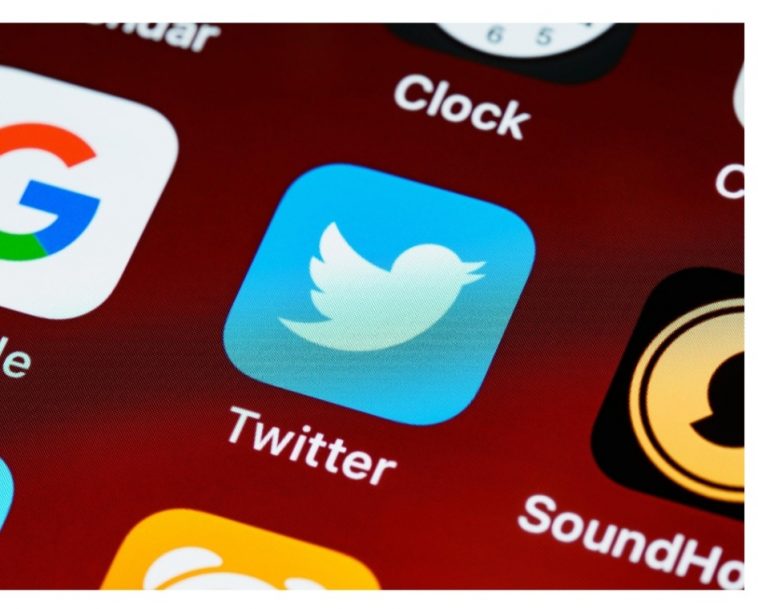Twitter has chosen to eliminate the “legacy” blue check mark badge for verified accounts on the first of April. The purpose of this is to make the account verification process more transparent and better organized.
The blue checkmark badge Twitter introduced in 2009 has become a well-recognized symbol of status. It is typically used to show that a user is a public figure, an elite, a celebrity, or an account of notable importance.
Elon Musk’s ascension as Twitter’s CEO in December 2022 outlined some defaults of the blue check mark badge and concluded that the method they were giving out was “corrupt and nonsensical”. Through the years, Musk’s takeover has been a point of contention, with some users in favor of his move to keep away fraudulent accounts and some others against it.
According to their announcement, the CEO of Blue App said they will get in touch with the affected individuals and provide them with information on how to resubmit for verification using the new system. The company also pledged to prioritize previously verified users under the old systems in the new verification queue. However, this news was broadcasted just hours after the company disclosed the availability of the Blue subscription globally.
Blue subscribers can get a verification badge, which gives them access to subscriber-only features like fewer ads on their timeline, protruded ranking in conversations, bookmark folders, and the ability to craft long tweets, and edit and undo tweets.
Since Elon’s takeover, the verification process has become available to anyone regardless of their social status, as long as they will pay $8 per month, with IOS and Android sign-ups will cost $11 per month because of App Store cost.
Meanwhile, over the years, the fancied badge has been used to distinguish individuals’ class and societal status, but with the change in the verification process, it remains to see the users’ response to the new system and how they will sustain their Blue subscription.



